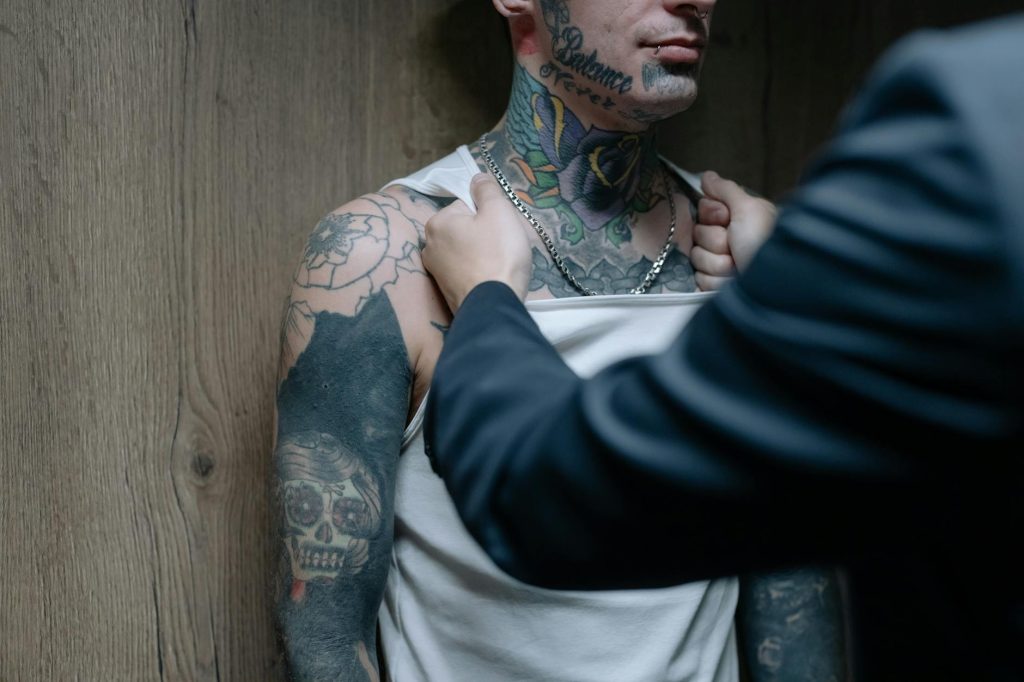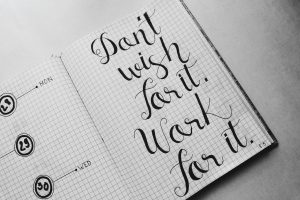Mastering Behavioral Interviews
When it comes to job interviews, behavioral questions are a secret portal into the past, giving employers a peek into how someone’s handled tricky spots before. These aren’t just questions—they’re like little crystal balls foretelling how someone might deal with whatever headaches come their way if they land the gig. Candidates better get ready to not just answer these brain teasers, but totally nail ‘em.
The Buzz About Behavioral Interview Questions
Behavioral questions dig up the real dirt on what candidates have actually done, instead of what they might do in a dream world. Traditional questions are more like, “What if you were on Mars?” These ask for real-deal tales—”What did you do when your space helmet cracked?” By laying the cards on the table with past actions and results, the candidates give hiring folks the chance to eyeball how they might rock—or not rock—the job.
Showing off those war stories helps candidates strut their stuff like their skills and values are on a parade float. It’s like giving employers the inside scoop on whether the potential new hire is the right fit for the team’s jigsaw.
Introduction to the STAR Method
The STAR Method is the Bat-Signal of acing these questions. STAR means Situation, Task, Action, and Result. It’s a neat trick to keep from wandering into ramble territory:
- S – Situation: Kick things off by setting the stage. What was going down?
- T – Task: What was your job, the mission, the thing that needed doing?
- A – Action: Walk everyone through what moves you busted out to get things sorted.
- R – Result: Wrap it up by sharing how it all ended, good stuff you did or took away from it.
This method keeps everything tidy and leaves employers with a clear picture of your not-so-secret powers, like solving problems and getting along with others. Want the full scoop? Check out our write-up on the STAR technique for interviews. Mastering STAR can turn those interview sweats into breezy talks, helping you spin a yarn that sticks in the recruiter’s mind like a top radio hit, showcasing just how perfect you are for that role.
S – Setting the Scene
In the world of job interviews, especially the kind that dig into your past experiences, the first step is setting the scene. In the STAR method of answering, “S” stands for Situation. It’s all about laying down the basics so your interviewer knows what’s what.
Painting the Picture
When you’re telling your story, make sure the painting is vivid. What’s the event you’re talking about? Maybe it was a wild project deadline or the time you had to cover for a sick coworker. Keep it short and snappy, with the where-when-what details to help them see the story as clearly as you do.
Why It Mattered
Alright, so you’ve dropped the scene—now, why was it a big deal? Was there a team hustling behind the scenes, or a big goal everyone was gunning for? Spill some details about what was at stake, who was involved, and any side stories, like sudden changes or pressures from above.
By painting a solid picture and explaining why the moment mattered, you’re not just rambling about any old day at work. This way, the STAR method lets you shine, showing how you tackle problems like a pro and chat about even the trickiest stuff without breaking a sweat. For more interview smarts, make sure to visit our guide on the STAR method.
T — Task
In the STAR method for behavioral interviews, the “T” is all about the Task. This is where you lay it out plain and simple: what the heck needed doing and what was on your plate to tackle.
What’s the Task?
Think of the Task as your chance to set the stage. What was on the to-do list? What goals were shining like beacons calling you to action? Maybe there were some speed bumps or hoops to jump through along the way. Whatever was on the horizon, this is your spot to brag about how you had it all figured out. This isn’t just storytelling—it’s about showing off your knack for seizing the day and grabbing the bull by the horns. Interviewers are taking notes on your street smarts and how you dance through dilemmas on your way to ‘Done.’
What Were Your Responsibilities?
Next up, let’s talk nitty-gritty—your responsibilities. Who trusted you to keep the wheels turning? Were you the captain of the ship or part of the crew? Were others depending on your magic touch? Stir in a dash of team spirit if others were involved.
Spelling out your responsibilities shows just how much you can be counted on. It’s about flashing your leadership cred, proving you’ve got the mojo to steer the ship whether you’re flying solo or running with the pack. Laying your cards on the table gives those interviewers a real taste of your mojo taming wild projects and carving out your path to victory.
Mastering the Task part of the STAR method paints a picture of how you made magic happen. It talks up your knack for zeroing in on what matters, making the right calls, and carrying your weight to the finish line. Dive deeper into how to frame your STAR responses with examples in our article on star method interview examples.
A – Action
When you’re diving into behavioral interviews with the STAR method, the ‘Action’ part’s your golden ticket to shine a light on how you tackle problems and make decisions like a boss.
Outlining Your Actions
This is where you roll up your sleeves and get into the nitty-gritty of what you did to tackle the task or situation. Lay out your game plan by walking through the steps you took to handle the challenge. Short and sweet is great, but don’t skimp on the juicy details. A step-by-step rundown shows off your knack for taking charge and cutting through chaos with precision.
To make sure your story flows, try lining up your actions in a way that paints a clear picture of your thinking. The interviewer should be able to almost visualize your process and see how you tackled the problem like a champ. Real-life examples and specific moments give your story more punch.
Highlighting Problem-Solving Skills
Your problem-solving chops come into play big time in the ‘Action’ spotlight. Point out exactly how your moves got things sorted and pushed towards the finish line. Whether you thought outside the box, crunched some numbers, or nailed the art of talking it out, underscoring these skills shows you can handle whatever curveball comes your way.
And don’t shy away from bragging a bit about your ability to switch gears when unexpected stuff hits the fan. Showing you can rebalance and roll with the punches proves you’re a tough cookie with brains and resourcefulness to boot—qualities that’ll make any employer’s ears perk up.
Nailing the ‘Action’ phase of the STAR method lets you spin a yarn that’s not just credible but also positions you as the go-getter they need on their team. For more tips on smoothing out the STAR method kinks for interviews, have a gander at our piece on star technique for interviews.
R – Result
When you’ve got an interview using the STAR method, the “R” part—where you spill the beans on what happened because of what you did—is where you can really shine. This bit shows off what you’re capable of and all the cool stuff you’ve achieved. It’s like your personal highlight reel.
Describing the Results
Here’s the chance to lay out what went down after you tackled the situation. Make sure you throw in some solid numbers if you can. Like, saying, “I increased sales by 20%,” is way more impressive than just, “I helped boost sales.”
Some tips to keep you on track:
- Get specific: Use numbers and stats to show what you did worked.
- Stay positive: Shine a light on the good stuff, like projects that were a big hit or where things just got better.
- Own it: Make sure it’s clear that your hustle made the difference.
When you talk about your results clearly, interviewers can see not just what you did, but that you’ve got the smarts to really think through what you’ve achieved.
Showcasing Achievements and Growth
Aside from the “look what I did” part, use this moment to talk up how you’ve grown. This is your chance to show that you’re all about getting better at what you do.
What to sprinkle into your chat:
- Discuss tough stuff: Talk about the hurdles you’ve jumped over and what they taught you.
- Point out learning moments: Every success or flop is a chance to learn something new.
- Adapt and bounce back: Show how you’ve handled curveballs and come out better on the other side.
Highlighting how you’ve leveled up paints a picture of someone who’s not just looking back with pride but is geared up for what’s next. It’s like telling them you’re not just great now—but will only get better.
Perfecting Your STAR Stories
Figuring out a great STAR story is like finding the perfect caption for your Instagram post — it’s got to hit just right to make an impression. You want to knock those behavioral interviews outta the park, so your stories should mirror the job details and flaunt your credentials like a peacock showing off its feathers.
Tailoring Responses to Job Requirements
Before you start spinning stories, scope out the job description like it’s the newest episode of your favorite show. Spot the major skills and experiences they’re searching for and then match your stories to those like you’d pair your best shirt with jeans. Make your STAR stories sing about your achievements that scream “I’m the perfect fit.”
Be specific. You want examples that show how past gigs have turned you into a pro for what’s needed in this role. Shine a light on wins that match up with what the job’s about, showing you’ve got the goods to make waves in the company. Tailoring your STAR stories to line up with job requirements is key to showing you’re the right person for the job.
Practice and Feedback are Key
Getting your STAR stories just right is like honing a stand-up set; it takes time and practice. Run through your answers to common behavioral questions until you can deliver them as smoothly as your coffee order. Whether you’re practicing in front of your reflection or your buddy, getting that feedback is crucial.
Constructive feedback can help polish your tales, making sure your choices are on point and that you’re sharing not just what you did, but how awesome it was. With input and rehearsals under your belt, your stories will pack a punch and stick in the interviewer’s mind.
Putting in the work to tailor your stories and practicing with a dose of feedback will boost your storytelling skill and beef up your confidence. Get ready to wow them with your STAR method and stand out in the interview crowd. For more tricks on acing interviews with the STAR method, check out star method interview tips.




